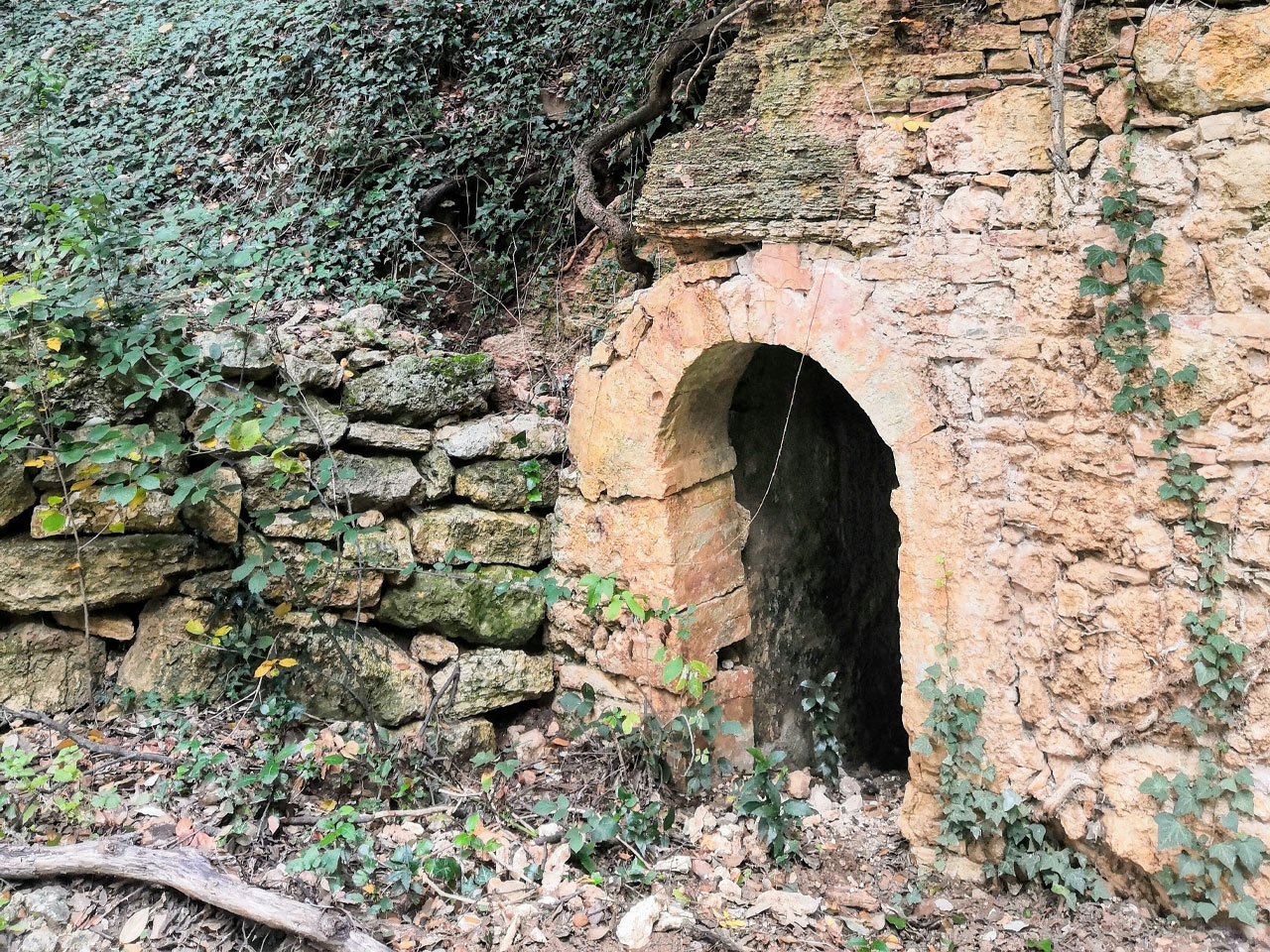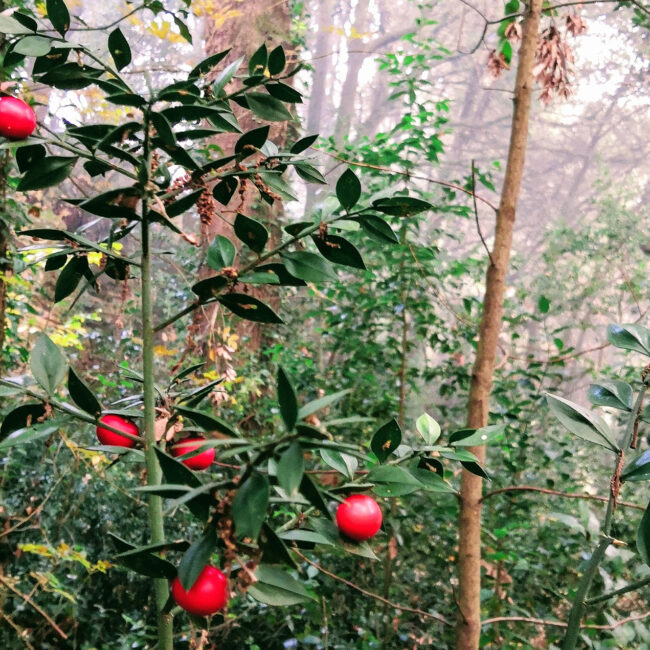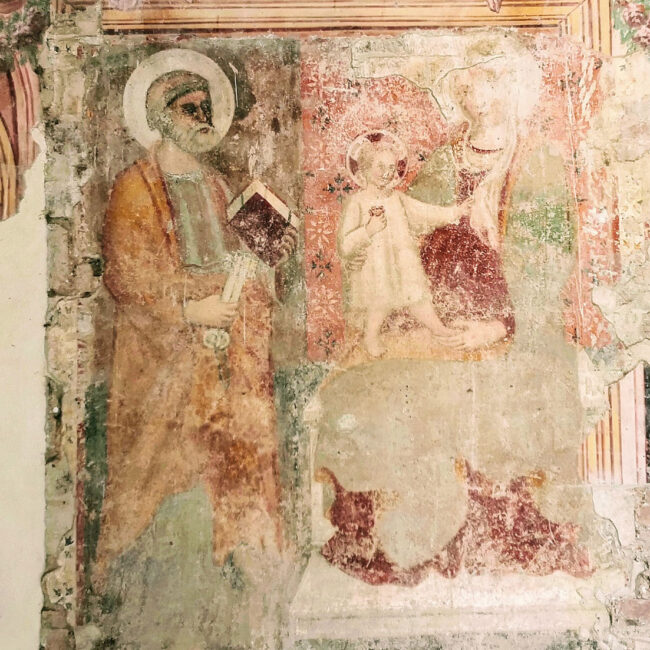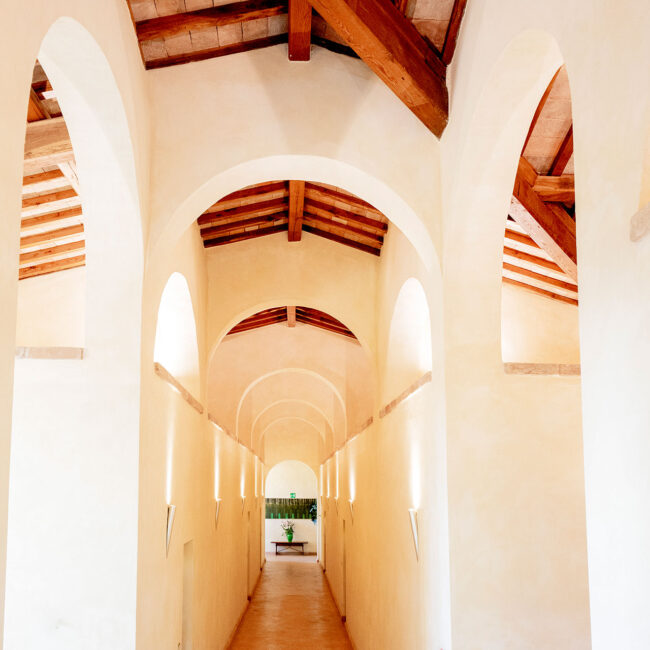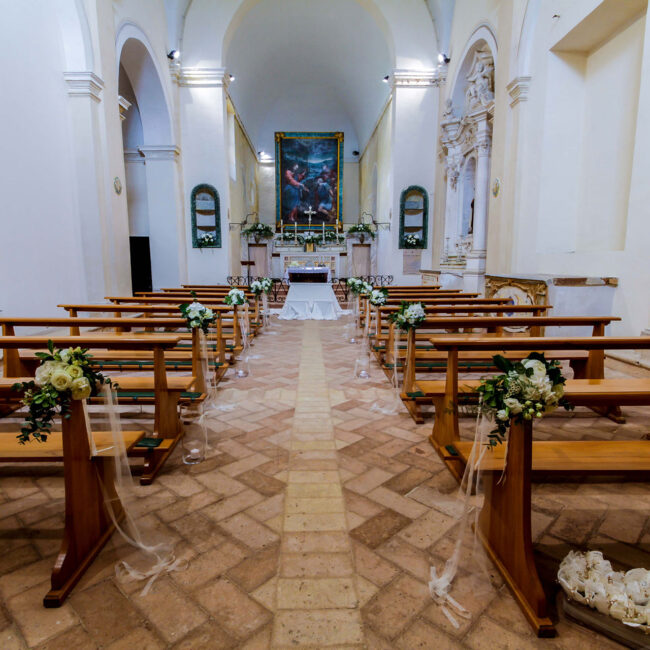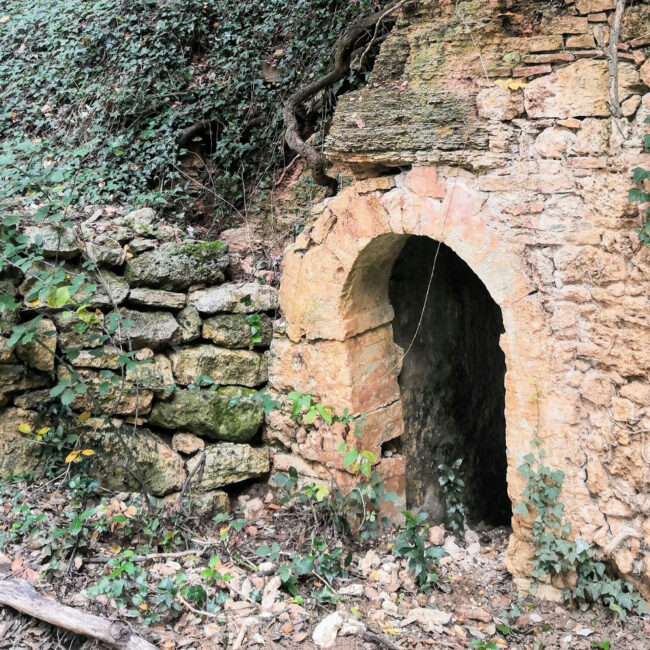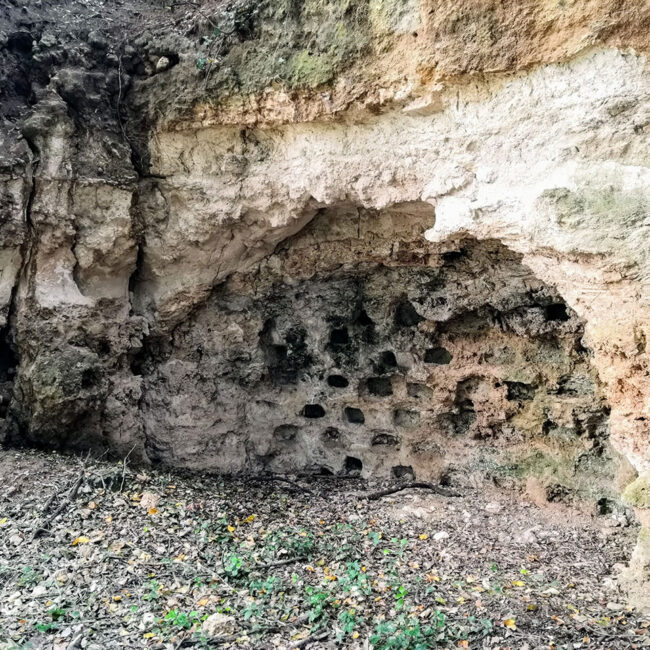The Roman necropolis and the ever-sacred vocation of the place
The sacredness hovering around this place is still evident. Its features – typically halfway up the hill – make us think of earlier Etruscan and later Roman temples.
During the last renovation works on the compound to turn the private dwelling into a resort, a Roman saddle-roofed tomb – very poor and lacking in any grave goods – was found in the lawn near the arches (disappeared) under which spring waters flowed into the wood. Researches conducted by the Archaeological Superintendency of Perugia suggested the presence of a necropolis in a “domus rustica”, a country villa where nearby there were also houses of slaves or peasants. There is no trace of the manor house which was perhaps where the first church of St. Peter was built during the Middle Ages.
A so peculiar and pleasant place, a wood rich in water on an open slope, all combined with accounts strictly bound to the sacred and magical sphere could have resulted in the rise of a “fanum” (temple, place of worship) – perhaps pre-existing in the agricultural compound – in a strongly Romanised and pagan territory where the presence of other temples is still clearly visible.
And as in other cases, it could have been turned into a Christian Hall or a small ecclesia with coenobium which – through the spread of Benedictine monasticism – would become monasteries and abbeys. Devoting their life to the Prince of Apostles was typical of the early Middle Ages and most of the abbey churches were consecrated to Him.
The existence of this church is evidenced by some “wandering” stones found on site with engravings similar in style to those of very ancient nearby churches, such as the abbey church of Saints Fidenzio and Terenzio.
The only ancient evidence on our church is available not earlier than 1275, but failed to define the church as early-medieval or Roman building.
The portico
The portico, probably the seat of the previous medieval church The fresco in the lunette above the entrance door to the convent was also made by Polinori and depicts St. Francis re
The convent
The convent is deployed around a cloister with a central cistern, now enclosed by ancient arches. The entrance to the corridor is decorated with frescoes illustrating the life and
The church in late Mannerism style in stile
The church – built between 1614 and 1624 – presents a late Roman Mannerism style with a single nave, altars on the right side and a chapel embellished with original stucco deco
The Roman necropolis and the ever-sacred vocation of the place
The sacredness hovering around this place is still evident. Its features – typically halfway up the hill – make us think of earlier Etruscan and later Roman temples. During the
The caves in the woods
Actually, there are some archaeological records which may help. It deals with cavities dug in the natural tuff bastion delimiting the compound of St. Peter to the north. The first,


